Killing the Pacifist Myth of
Father James Francis Carney
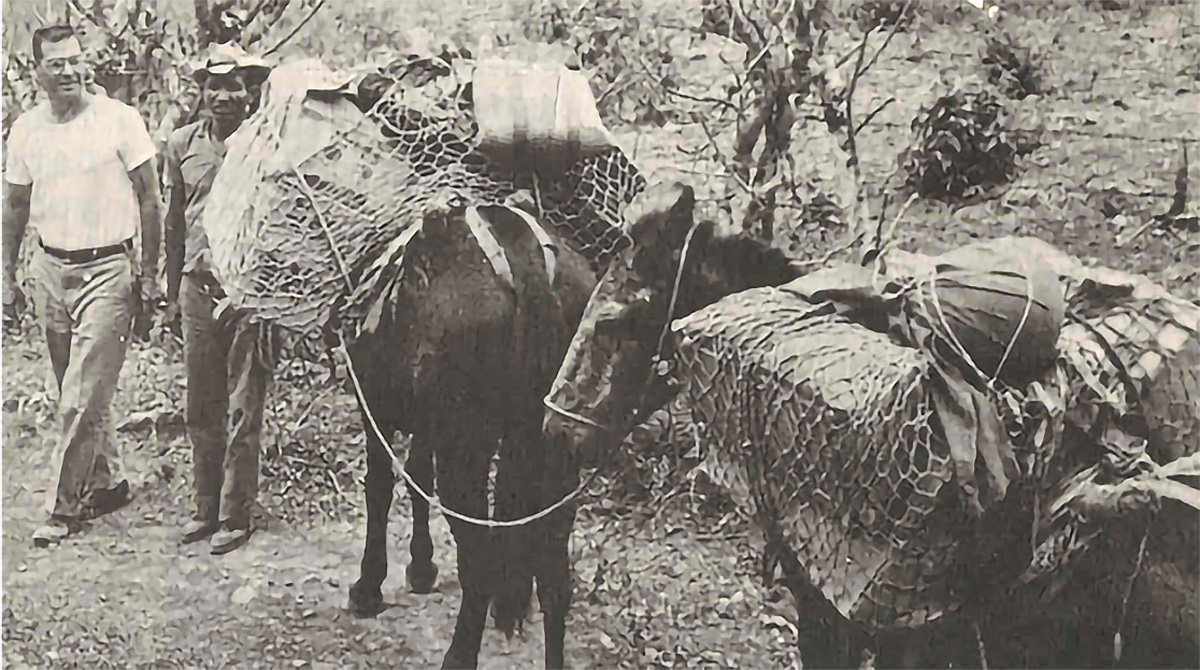
Father Jim Carney, S.J., preparing for a three week mission trip to visit the mountain villages around Sulaco in Yoro, Honduras. In addition to his own clothing, items for Mass and used clothing to give to some of his parishioners, he carries much of his own food as most of the people are too poor to provide his meals.
By Greg Walker (ret)
USA Special Forces
Introduction
The 1980s wars in Central America saw a number of U.S. citizens endorse, support, and in some cases fight as combatants on the side of the communist FMLN (El Salvador) and FSLN (Nicaragua). The international press and liberal leftist American media were quick to defend these Americans when they were either killed or arrested / captured with U.S. politicians sometimes coming to their aid, as well. In this two-part series we’ll look at the cases of Father James Carney, a Jesuit priest who chose to pick up a gun and join a rebel Honduran column as it infiltrated from Nicaragua into Honduras, and in Part II the highly publicized case of Jennifer Casulo who joined the ERP in El Salvador and was arrested for her actions during the 1989 final offensive in San Salvador.
Our readers will recall similar instances such as the case of Marine deserter Bobby Garwood (Vietnam) and in Afghanistan the case of of Army deserter, Beau Bergdahl. Our wars in Latin America likewise attracted the treasonous acts of American combatants against both U.S. policy and our troops sent to enforce it. We must never forget.
The Myth
“Fr. Jim never forgot his beloved Honduran poor; when he had the opportunity to accompany a group of Honduran “freedom fighters” who were crossing from Nicaragua to Honduras in July 1983, he welcomed the chance to return with them as their chaplain. Fr. Jim did not carry arms.”
University of Detroit Mercy web page dedicated to Fr. Jim Carney:
https://www.udmercy.edu/academics/special/clasa/carney.php
Father James F. Carney, captured during Operation Patuca River in late August of 1983, was by his own account a guerrilla fighter with the Armed Forces of the People, or FAP, led by convicted Honduran terrorist Dr. Jose Reyes Mata. Carney, 58 years old, had been a Jesuit priest in Honduras for over 18 years. A champion of the poor he became a lightning rod for mobilizing and organizing on behalf of those he provided social and religious leadership to. So much so that in 1979 his Honduran citizenship—obtained in conjunction with his formal renouncing of his U.S. citizenship—was cancelled and the priest deported to the United States.
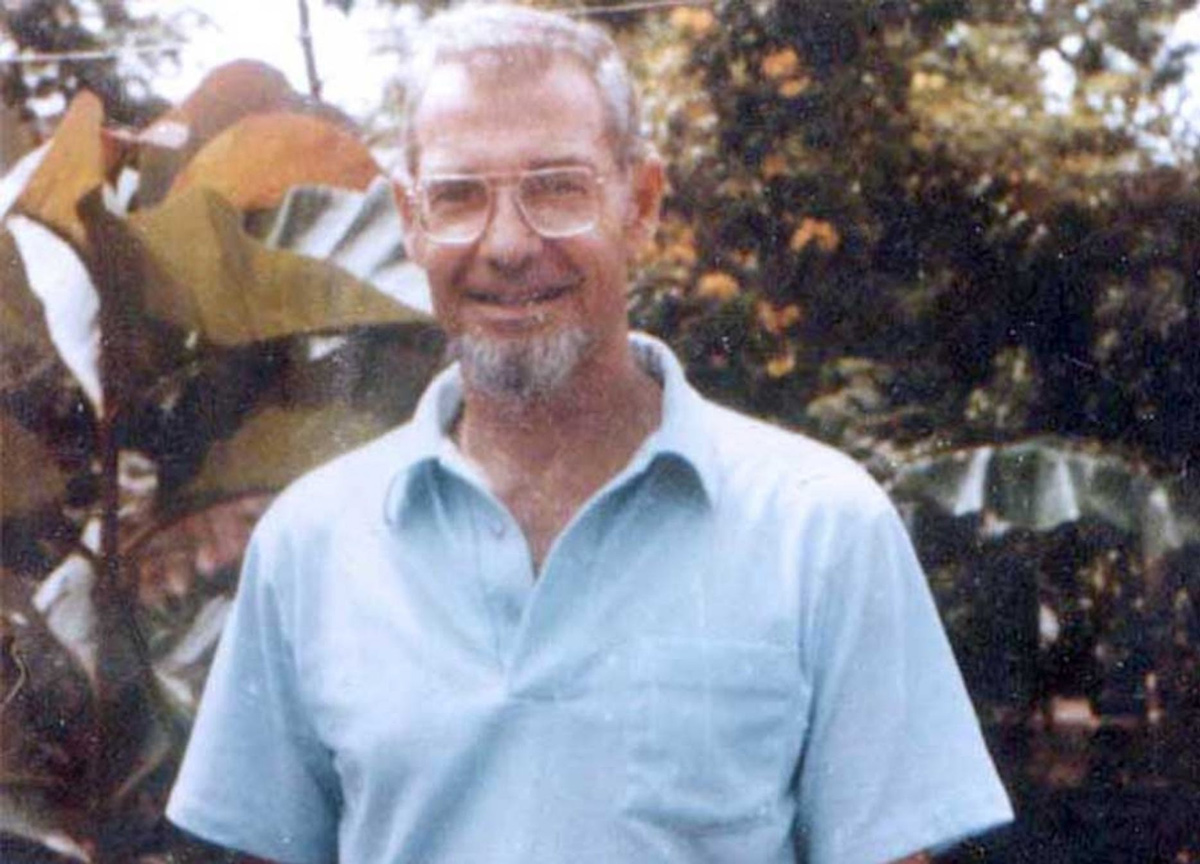
Padre James Francis Carney in Nicaragua, November 1982. Ten months later he would be captured by Honduran Special Forces troops in Olancho Province and then executed as a terrorist. (Credit: Detroit University Mercy/https://www.udmercy.edu/academics/special/clasa/carney.php)
What was reason for his arrest and deportation? Per his autobiography “To Be a Revolutionary” (Harper and Row, 1985) Carney provides us with the Honduran government’s reasoning for its actions. “The Ministry of Government and Justice, through investigations of the Immigration Office, states as a fact that Mr. James Francis Carney, known as Padre Guadalupe, not only imparts Catholic doctrine, but he also dedicates himself to the propagation of dissociating doctrines and ideas which hurt the organized government of the country.”
Also described by Padre Carney is that the decree was dated March 19, 1979. The good padre was only located and arrested in November of that same year. Why the delay? He’d known the Honduran National Police, or FUSEP, was searching for him and using his friends and other clergy members of the Church to hide him, he’d been “on the lam” for over 8 months.
Carney had been formally met with by then Colonel Gustavo Alvarez Martinez, the military commander of the region. The head of Immigration was also present. Carney was warned about his activities, directed to report to Immigration with his most recent documentation, and “…to stick strictly to the work of the Church”. The padre agreed to the conditions and reported to Immigration in San Pedro Sul the next day where he was warned by Immigration again. According to Carney, after he left Immigration “I returned to continue as before with all of my activities.” This was May of 1979. He was soon on the run.
Upon his arrest and deportation in November of 1979, the priest was flown to Miami and he soon made his way to a Jesuit retreat in Saint Louis, Missouri. For eight days he ruminated the inequity and unfairness of the Honduran government’s actions. He also felt betrayed by several Jesuit priests in Honduras that were active in urging him to be expelled from the country, as well as the National Association of Honduran Campesinos (ANACH) which Carney had been exceptionally active in but over time had become so difficult to work with by the association’s leadership that they, too, wanted him gone.
Offered by his Jesuit Order in Detroit, Michigan, the opportunity to go to Nicaragua and serve the Church there he gladly accepted. Through an administrative rule that allowed him to obtain a provisional U.S. passport because of his status as a clergyman—despite having renounced his U.S. citizenship and having had his Honduran citizenship revoked—Carney left the United States for Managua, Nicaragua, now under Sandinista rule.
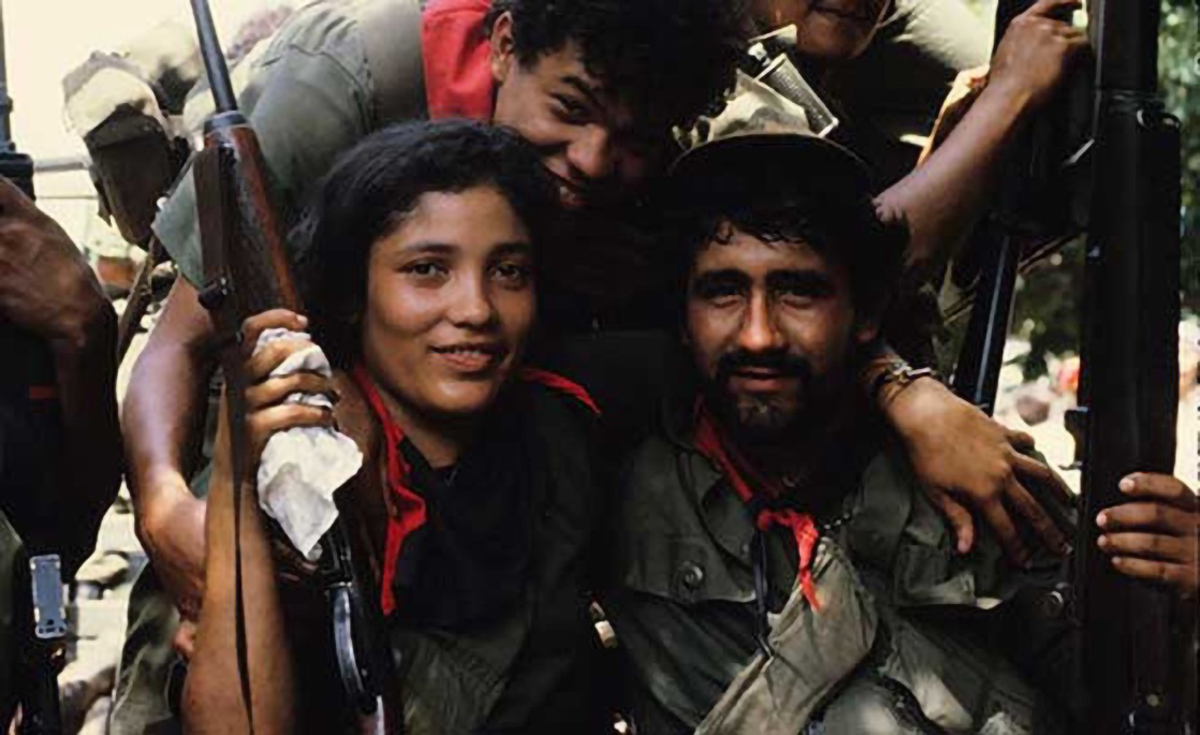
Victory (Credit: Counterfire)
The Triumph of the Sandinista Revolution
“I felt myself so identified with them [the Sandinistas/FSLN], their fight for liberation was so thrilling. I had so many Honduran friends helping them, that I can say that July 19th [1979] was the most jubilant day of my life up until then. All my revolutionary friends sang and shouted with me: ‘If Nicaragua won (their liberation), El Salvador will win, then Guatemala, and then Honduras too will win!”
In was in Nicaragua where Padre Jim Carney wholly self-converted to his definition of a Christian Marxist and expressed in writing his intent to wage revolution wherever he could. “In the actual process of making the revolution, the Nicaraguan Christians solved the theoretical problems of whether a Christian can be a Marxist and can fight in a civil war,” he wrote.
“If being a Christian demands being a revolutionary and a socialist, and to be a revolutionary and a socialist one has to use the Marxist-Leninist science of analysis and transformation of the world, then a Christian needs to understand Marxism.”
Carney’s process of self-enlightenment was well fueled during his two years with the Sandinistas. Jesuit priests Miguel D’Escoto, Ernesto Cardenal, Fernando Cardenal, and Egdar Parralles had armed themselves and fought during the revolution in Nicaragua, becoming senior commanders and then politicians with the FSLN once the insurgency toppled the Somoza government. All four were apostles of Liberatrion Theology as well as Christian Marxists. There is little doubt Padre Carney spent many hours in discussion with his Sandinista mentors. In turn composing his own Christian Marxist Revolutionary manifesto alone, by candlelight, in his barren, hand-built hermit-like shacks.
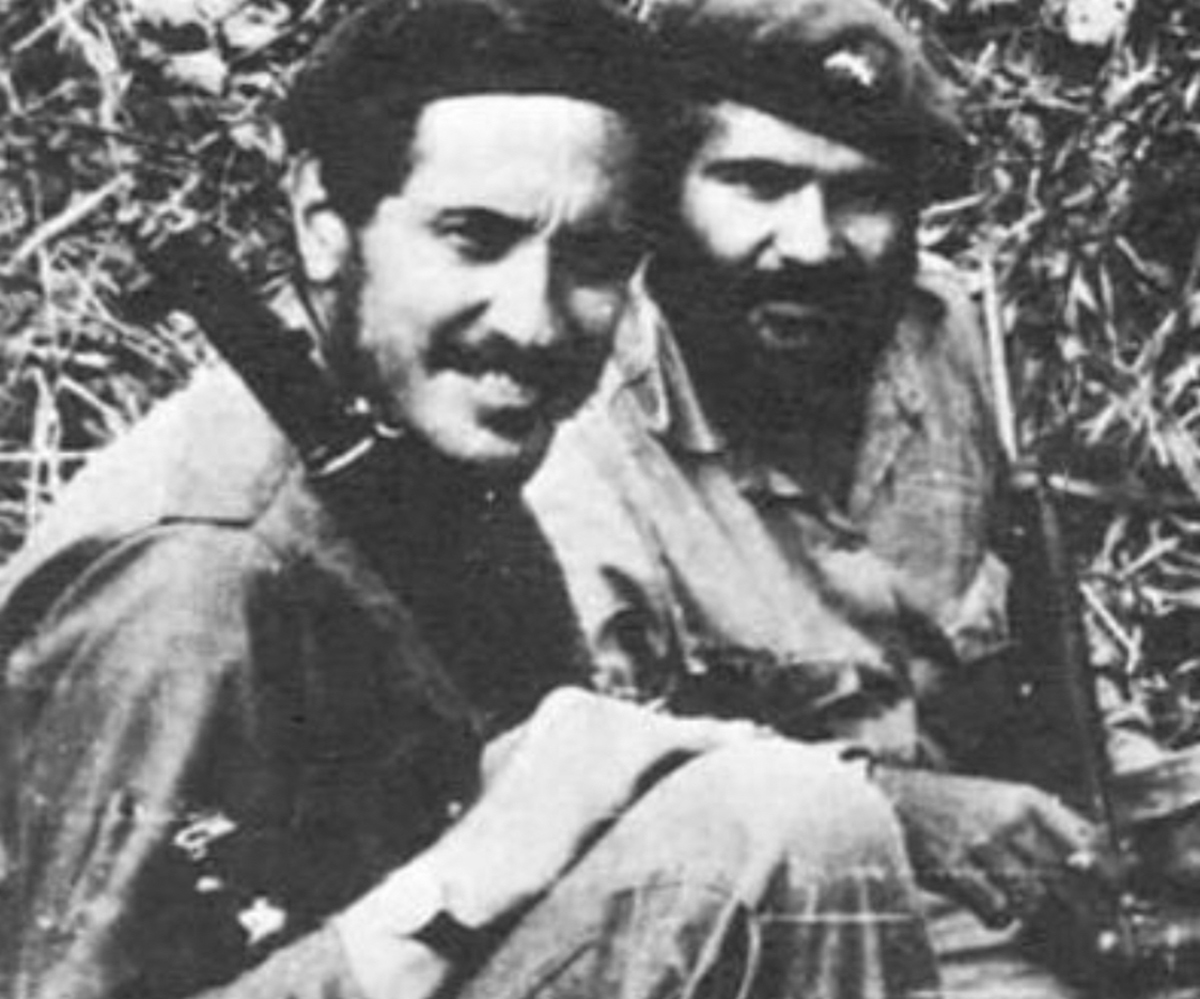
Edgard Parralles (left) and Miguel d’Escoto (right) took up arms and fought with the Sandinistas. Both were Jesuit priests who would engender the anger of the Church, not for bearing arms but for holding political office in Managua after the FSLN victory, contrary to Church doctrine. (Credit: NicaNotes)
Where he isn’t quoting Marx or Lenin in his book, published after his disappearance and now confirmed death in Honduras, Carney was expressing his admiration for Che Guevara. In his chapter titled “How Can A People Be Liberated?” the padre offers “…I liked the saying of Che Guevara (another Marxist saint, who gave his life for the poor guided by the Spirit of Jesus without knowing him) that ‘when the Christians in Latin America take seriously the revolutionary teachings of the gospel, the revolution will be invincible.’”
Carney’s message once published in the United States would reach a number of others like him who were searching, many out of frustration and anger, for social change on behalf of the poor in Latin America. Good works weren’t cutting it. Prayer wasn’t cutting it. Letter writing and taking foreign politicians on tour after tour of exceedingly poor villages and neighborhoods were proving fruitless. Padre Carney’s new teachings and his permission as a born again Christan Marxist to join and become active in armed revolutionary armies stirred their emotions and rejuvinated their Will. In 1989, one of his readers, Jennifer Jean Casolo, would be arrested during the FMLN’s 1989 Final Offensive for her role as an active and important urban guerrilla with the ERP.
On December 23, 1982, Padre Carney slipped into El Salvador and met with guerrillas of the FMLN. He drafted a message which he broadcast over Radio Venceremos in support of the “solidarity that there is between the oppressed Salvadoran and Honduran peoples”. In closing he prayed aloud to his listeners that “…the North Americans leave us in peace!”
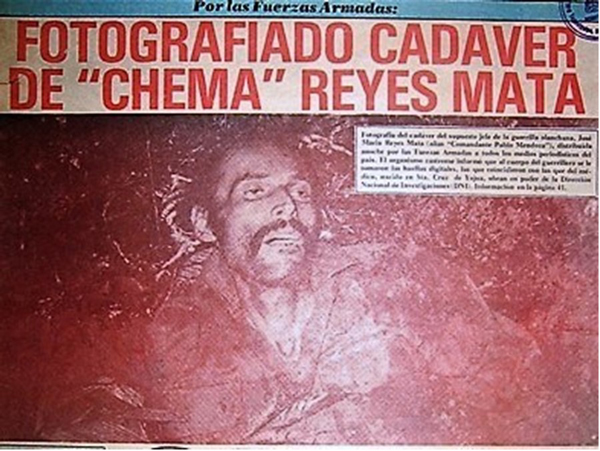
Read “A DEFECTOR IN PLACE:The Strange and Terrible Saga of a Green Beret Sandinista—Part Three”
In the December 2022 Sentinel — this story gives the “big picture” of how Carney and the others were run to ground in Hondo and their fate.
A little known fact is that upon his embracing the revolution in Nicaragua and taking up residence there he requested training in guerrilla warfare. A WW2 veteran who fought in Europe as a combat engineer Carney understood conventional warfare but not its counterpart, unconventional warfare. In June 1981, he was permitted to travel to Cuba and participate in training at the Special Troops School at Rio de Pinar. The same unconventional, or guerrilla, warfare school that would become home beginning in 1982 for the first 96 members of Dr. Jose Reyes Mata’s ill-fated incursion to wage war in Honduras in 1983.
Carney would join the FAP as both its chaplain and as an armed combatant. In his book, he shares how the two roles complemented each other. “I will have to give up being a Jesuit for a time, until the triumph, because the present laws of the Society of Jesus do not permit a Jesuit to be a guerrilla fighter “[emphasis mine]. Carney goes on to explain he did not want to take this step, but neither did he want to be expelled by the Society of Jesus. It is important to understand, especially in light of the utter nonsense and deliberate actions of his supporters (some of whom have benefited financially for years since his death), to present Padre Carney as simply a social activist who wanted to provide religious comfort for the Honduran guerrillas of the FAP.
By 1975, Carney in his own words had transformed himself into a revolutionary. “No longer was I anticommunist, no longer did I fear fighting back; rather, as a Christian revolutionary, I wanted to help the guerrilla war for the independence of Honduras.”
Carney on Killing for Christ
“The Church has always taught that one can use violence and can even kill in self-defense, if it is necessary…it still took me a couple more years to clarify my ideas about being a Christian and his or her place in armed revolution.”
“The Church teaches that a people can take up arms in a general insurrection when the four conditions of traditional moral theology for just war are fulfilled…”
“One of the final points of my metamorphosis as a revolutionary was to understand that in Latin America it is the duty of all true Christians to sooner or later enter into and help as they can the armed revolution.”
“How can a apostle of Christ encourage others to risk their lives in armed battle and stay at home, or go to the battlefront but without arms to help in battle…a Christian sometimes has to fight in order to promote their liberation or to defend them, the priest, who is supposed to be the most exemplary Christian, should give an example of this kind of Christian love also.”
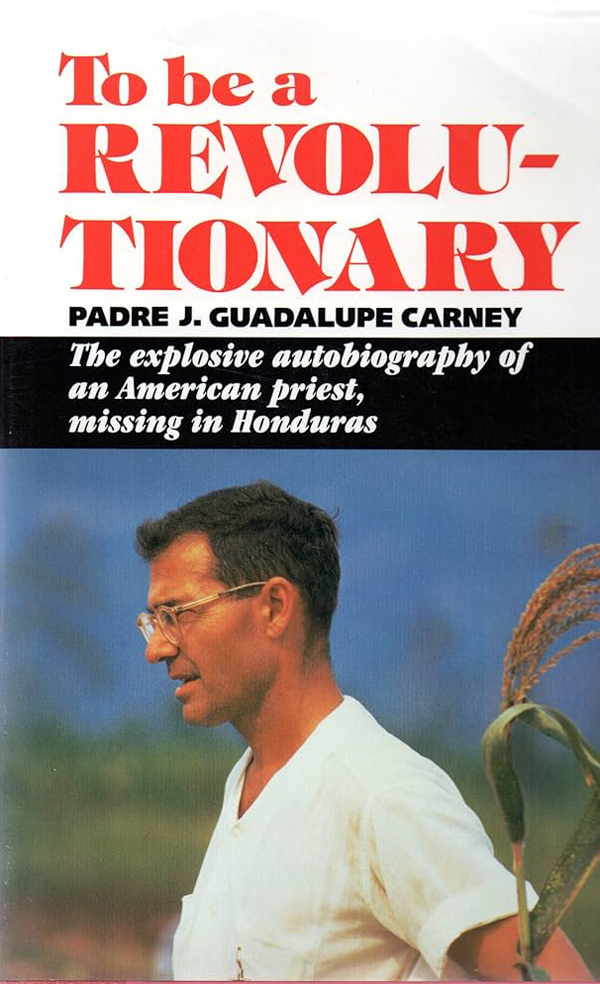
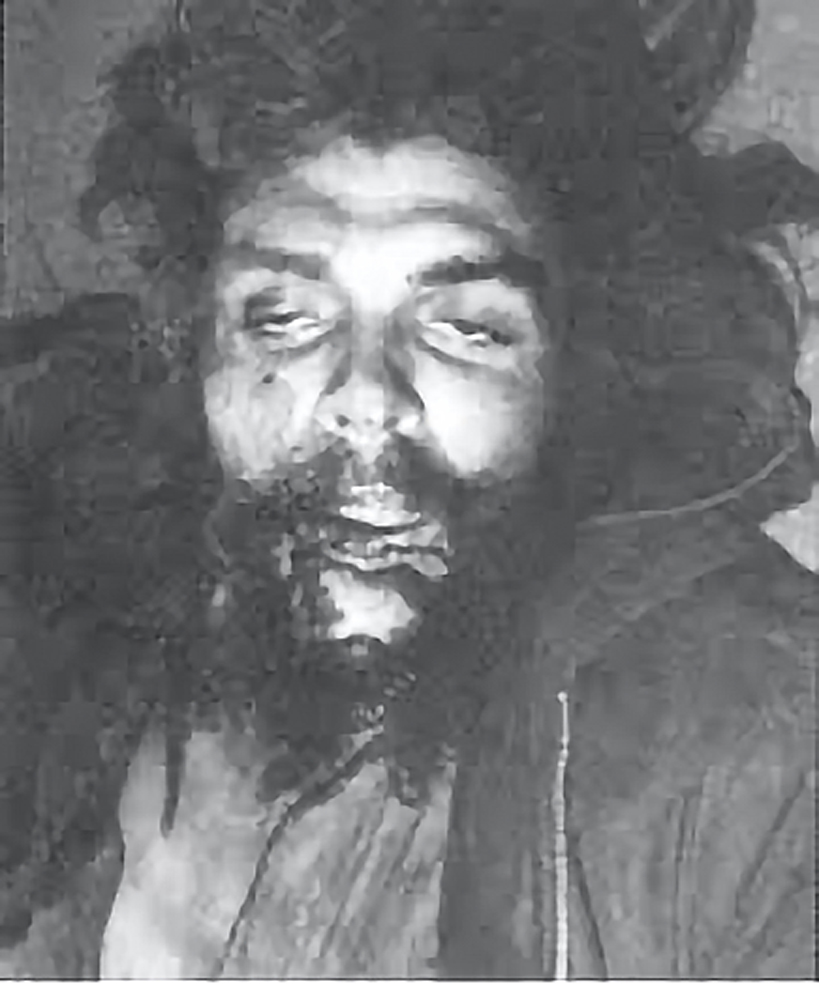
Che Guevara after his execution. (Credit: Politicalvelcraft.org)
Christian Communism—
Welcome to the Revolution
Father James Carney, or “Padre Guadalupe” as he preferred to be called, was issued an M16 rifle and a pistol before he crossed the Rio Coco as a combatant with the Marxist FAP column into Honduras in mid-July 1983.
Contrary to the apologists’ pleas that Carney was both too old and too frail to fight as a guerrilla, the 18 previous years of living among the poorest of the poor had hardened him physcially as well as mentally. Throughout the campagn and despite weariness, hunger, pain, and near exhaustian the former WW2 combat engineer never quit when others half his age did.
Much has been made that Carney starved to death in the jungle. For a man used to living literally off the land in both Honduras and Nicaragua this myth rings hollow. Honduran campasinos that knew “Lupe” have offered he would only “starve to death if he were confined within four walls.”
In truth, James Carney was captured by Honduran Special Forces on or about August 28, 1983, near the town of Nueva Palestina. Moved to El Aguacate Air Base with Dr. Reyes Mata, the FAP’s overall commander, Commander David Baez, one of two Sandinista combat advisers with the column and a former Green Beret, and roughly 33 other guerrillas, he was imprisoned. Carney along with the others was tortured by members of the Honduran military intelligence battalion, MIB 316. Upon the order of General Gustavo Alvarez Martinez, head of the Honduran military, all those captured were executed to include Jim Carney.
Learning from the mistake of the Bolivian Army and government in 1967 after Che Guevara’s execution, the Hondurans ensured there would be no Christ-like photographs of Reyes Mata or Padre Guadalupe. In fact, there would be no bodies, as well. All of the now dead guerrillas were loaded into waiting helicopters and flown back over the border where they were dumped into the triple canopy jungle below.
Still, the final words of Father James Carney, written by candlelight, have echoed and encouraged those who believed and felt as he did.
“The socialism that we want is a necessary step toward this Christian communism. In the twentieth century there is no “third way” between being a Christian and being a revolutionary. To be a Christian is to be a revolutionary. If you are not a revolutionary, you are not a Christian!”
ABOUT THE AUTHOR — Greg Walker is an honorably retired “Green Beret”. His awards and decorations include the Legion of Merit, the Combat Infantryman Badge (X2), and the Special Forces Tab. A U.S. special operations historian Greg has written extensively on Special Forces in Latin America. Today he lives and writes from his home in Sisters, Oregon, along with his service pup, Tommy.
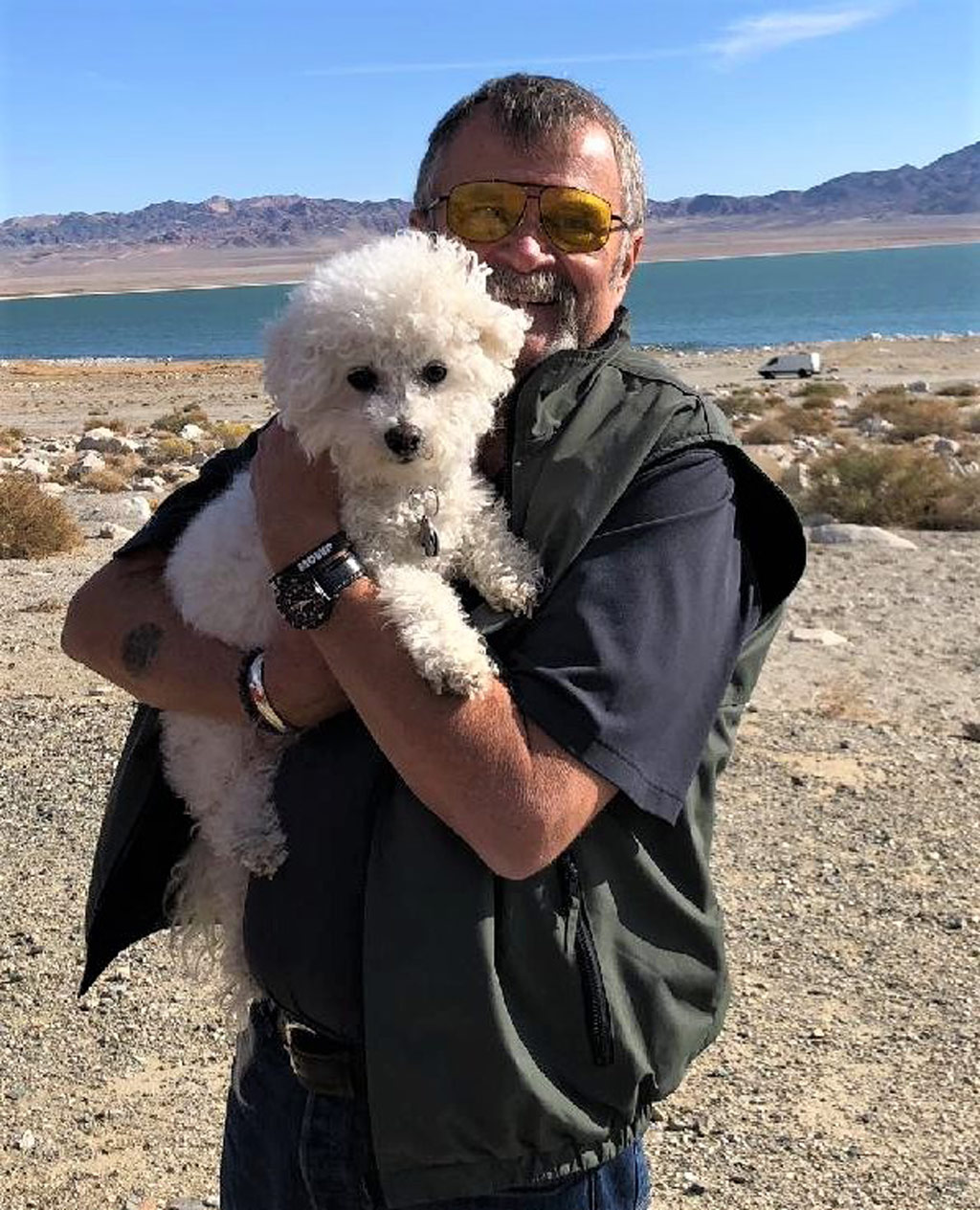
I was one of the radio operator who patrol the patuca jungle looking for them